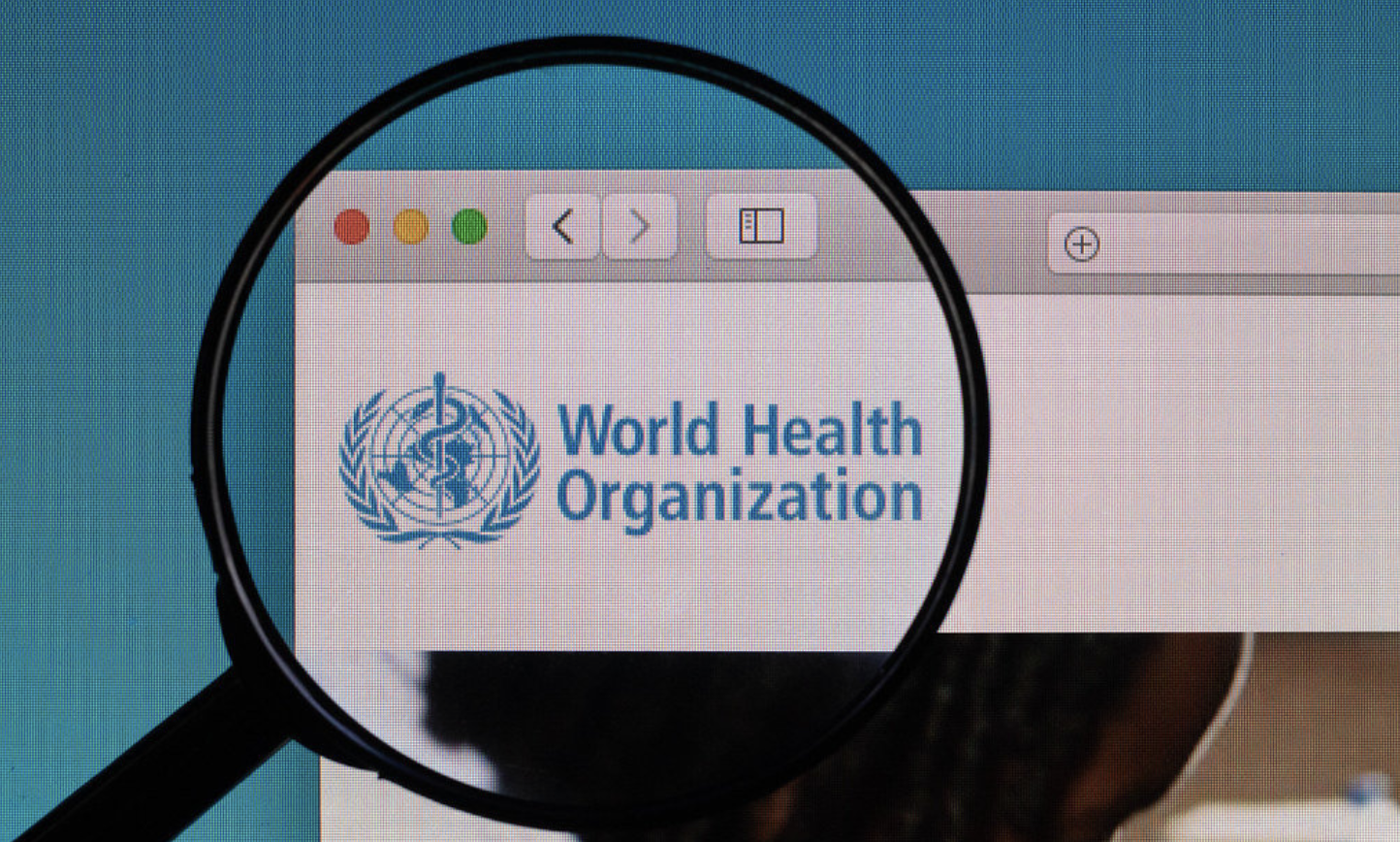The World Health Organization has released its first-ever guide for tobacco cessation in adults. Its stated aim is “helping the more than 750 million tobacco users who want to quit all forms of tobacco.”
Tobacco harm reduction experts criticize the guidance for badly identified targets, and for recommendations with gaping holes.
The guideline endorses behavioral support from health care providers, “digital cessation interventions” and pharmacological treatments as ways of helping people quit tobacco. These recommendations, states a July 2 press release, “are relevant for all adults seeking to quit various tobacco products, including cigarettes, waterpipes, smokeless tobacco products, cigars, roll-your-own tobacco, and heated tobacco products (HTPs).”
“This guideline marks a crucial milestone in our global battle against these dangerous products,” said WHO Director-General Dr. Tedros Adhanom Ghebreyesus in the release.
But those “dangerous products” include examples with utterly different risk profiles—some of which have been responsible for large-scale smoking cessation.
It is “ridiculous” for the WHO to place smokeless tobacco products and HTP in the same category as deadly cigarettes and other combustibles, “as if there is no difference in risk,” British tobacco harm reduction expert Clive Bates, of Counterfactual Consulting, told Filter.
Scientific estimates have placed the risks of HTP use at somewhere around 10 percent of the risks of cigarette smoking—and the risks of snus, a form of smokeless tobacco, far lower still.
“The WHO is not really serious about solving the smoking and disease problem. It’s more about what its bureaucrats are comfortable with.”
“Swedish snus is responsible for the best tobacco and health outcomes in the world, yet [the WHO authors] just ignore this,” Bates said.
Widespread replacement of cigarettes with snus has seen Sweden’s rates of smoking and tobacco-related deaths plummet. Sweden is now poised to become the world’s first “smoke-free” country, defined as an adult smoking rate below 5 percent.
Japan, meanwhile, has halved its cigarette sales within a decade—a “globally unprecedented” shift that experts attribute to the rapid adoption of HTP devices by people who smoke.
“The basic problem is that WHO is not really serious about solving the smoking and disease problem,” Bates said. “It’s more about what its bureaucrats are comfortable with, rather than what works.”
The WHO’s recommendations for tobacco cessation include nicotine replacement therapy (NRT), which has been found to be less effective for smoking cessation than nicotine vapes.
They also include the medications bupropion, cytisine and varenicline. Some evidence has indicated relatively good efficacy for some of these, but prescribed medications will never be nearly as accessible (or often, affordable) as consumer products sold in shops. Further issues include side effects.
Riccardo Polosa, professor of internal medicine at the University of Catania, Italy, told Filter it’s “appalling that a trusted organization like the WHO continues to recommend varenicline.” The drug, he said, is “known to contain unsafe levels of carcinogenic nitrosamines and [was] withdrawn by Pfizer nearly three years ago.” Varenicline (Chantix) is largely unavailable worldwide.
One elephant in the room is the total absence of vapes from the WHO’s recommendations.
“They deal with the massive opportunity of quitting smoking by switching to a low-risk alternative through the absurd tactic of ignoring it.”
“E-cigarettes are beyond the scope of this guideline because the potential benefits and harms of using these products are complex, and are addressed in a separate body of literature,” it briefly states. “These products may be addressed in the future as evidence accumulates.”
Other health authorities have called vapes “one of the most effective tools for quitting smoking,” and assessed vaping as at least 95 percent less harmful than smoking. Many millions of people—including in countries like the United Kingdom and New Zealand, as well as the United States and others—have used vapes to quit smoking.
Yet the WHO has mounted a hostile and escalating campaign against vapes—continually spreading misinformation about them, and even describing them in one recent tweet as “designed to kill.”
In the new WHO guideline, “they deal with the massive opportunity of quitting smoking by switching to a low-risk alternative [through] the absurd tactic of ignoring it,” Bates said.
Dr. Polosa described the WHO’s “complete disregard for Cochrane’s recommendation that e-cigarettes lead to higher quit rates and are substantially more effective than NRT” as “shocking.”
The omission of a range of tools that have prompted real-world mass smoking cessation amounts to anything but “the best possible support.”
Ruediger Krech, director of health promotion at the WHO, said the guidelines were “designed to help communities and governments provide the best possible support and assistance for those on this challenging journey.”
The omission of a range of tools that have prompted real-world mass smoking cessation amounts to anything but “the best possible support.”
The world continues to suffer around 8 million smoking-related deaths each year.
The premise of the WHO’s guideline is “naive,” Bates said, when people will continue to use nicotine—the only question is how.
“The challenge for society is to make it available in a lawful, proportionately regulated market in a form that has acceptable risks,” he told Filter. “That’s what we do with other substances, and what we need to do with nicotine.”
Image (cropped) by Marco Verch via CCNull/Creative Commons 2.0
Both The Influence Foundation, which operates Filter, and the Center of Excellence for the Acceleration of Harm Reduction, founded by Dr. Polosa, have received grants from Global Action to End Smoking. Filter’s Editorial Independence Policy applies.





Show Comments